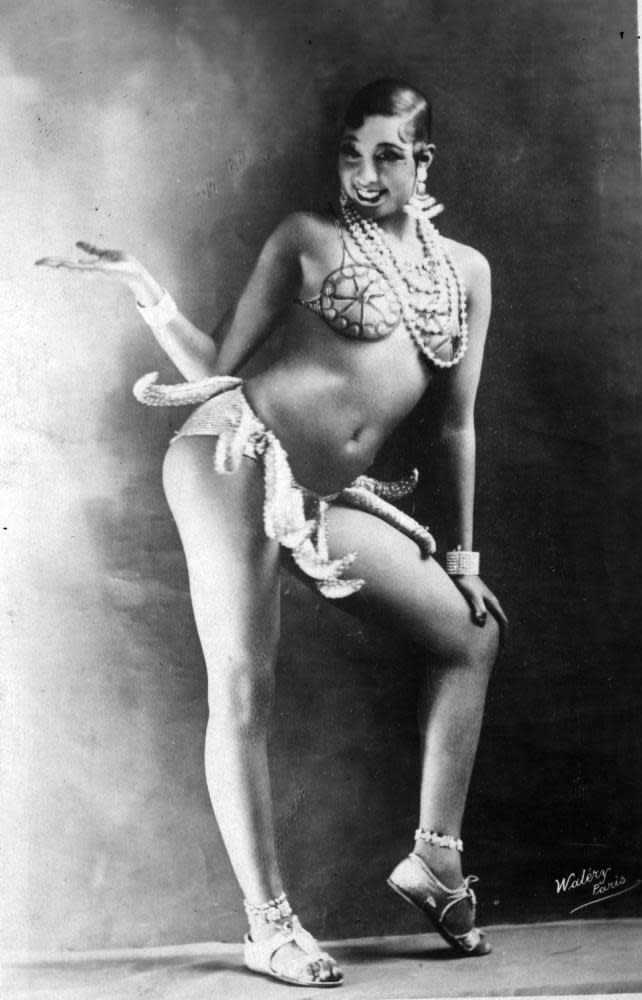Love in a Time of Hate by Florian Illies review – dissolute years of a doomed generation
Writing in a hectic, almost impromptu present tense while darting to and fro between dozens of parallel stories, Florian Illies has pieced together the emotional history of a doomed generation. His cast of European artists and intellectuals spend the 1920s experimenting erotically, then succumb to anxiety and outright panic during the 1930s; by the 1940s, they are either in exile or on their way to concentration camps.
The structure of Illies’s book, apparently haphazard in its quick cuts between people and places, matches the creed of its characters. Sartre declares existence to be precariously contingent, which serves as a justification for living from moment to moment. Brecht leaves notes for the women he juggles telling them that he cannot be relied on, and Picasso stows a variety of simultaneous mistresses and muses in scattered lodgings and busily commutes between them. Others triangulate in troilist arrangements that never quite exclude the old-fashioned vice of jealousy. Anaïs Nin has an affair with her father, documented in a journal entitled Incest. The novelist Erich Kästner sends his dirty linen home to his mother in Dresden to be laundered, and keeps her informed about his genital woes as he undergoes treatment for gonorrhoea. Flagrant in a different way, Josephine Baker dances in a skirt of tumescent bananas that look like phallic trophies she has collected.

Sartre and Simone de Beauvoir write the rules for an open marriage: they may seduce whoever they fancy but must immediately share the often grubby details. He keeps the bargain by telling her about the fuzz on the back of a Cuban woman he beds, adding a tribute to her tongue, which unrolls like the horns blown at children’s parties – as Illies remarks, surely too much information. Dalí and his domineering wife, Gala, whom he prises out of a surrealist menage à trois, remain obsessively faithful to each other, perhaps because they have sex only once (according to her) or never (as he indignantly insists). Scott Fitzgerald quails when his wife, Zelda, disparages his undersized penis; Hemingway suggests visiting the Louvre to compare Fitzgerald’s tackle with that of the sculpted Greek athletes – hardly a friendly proposal, so Fitzgerald has a drink instead. Hermann Hesse’s third wife addresses him as Zeus and with his head in her lap feels she is cradling the crucified Christ. Terrorised by such ardour, he has himself sterilised and confines her to a basement. The composer Kurt Weill, a happy cuckold, subsidises the adulterous flings of Lotte Lenya, even sending funds to pay the debts run up in casinos by her latest louche admirer.
Illies’s subtitle promises passion, but the prevailing temper here is cool, even clinical. A Cole Porter song asks, What Is This Thing Called Love? Illies cites only the title; interestingly, the lyric ends with the singer feeling “the winter’s chill” as he or she is abandoned for someone else. Tamara de Lempicka paints nudes with skin like chrome, and bars on the Kurfürstendamm in Berlin advertise American cocktails poured over an avalanche of ice. Women take the initiative sexually: the actor Ruth Landshoff “slims her pen name down to Rut”, which in English at least sounds like a blatant invitation. Leni Riefenstahl, Hitler’s pet propagandist, costumes herself as an “amateur Amazon” when filming the Nazi invasion of Poland, “with a pistol under the belt on her left hip and a dagger inside her boot”. The painter Otto Dix retaliates by declaring that the cause of every war is a vulva, which at least makes a change from blaming belligerence on testosterone.
These doctrinaire modernists are grateful for the boons of the machine age, and Illies notices that a Bauhaus villa in Dessau simplifies housekeeping with an electric gadget for plucking geese. One item of decor is more of a frilly Victorian throwback: a prostitute presents Sartre with a lampshade made from red underwear. Fuel for this frenzy is often supplied by nicotine. The philosopher Hannah Arendt scandalises her husband by smoking cigars, thought to be a male prerogative. Cocaine is popular, along with opiates and morphine. “What people in the 20s desperately needed,” Illies comments, “was love (or therapy at least); what they got were narcotics.”
It remains wickedly amusing until the Nazis first reprove the libertines and then set about exterminating them. The revels end with frantic dashes to catch trains from Berlin to Paris or ocean liners to New York; there are many disconsolate suicides along the way. People previously intent on exploring new and illicit modes of making love now acquire a different vocation, as Thomas Mann’s son, Klaus, rouses his contemporaries to fight back by stoking up their capacity for hatred. What Illies calls “the age of hate” has returned today, which gives his book a disturbing relevance. Trash-talking Trump and bigoted Braverman are again whistling notes for curs to hear, and like the enemies of freedom in the 1930s they may be summoning the dogs of war.
• Love in a Time of Hate: Art and Passion in the Shadow of War, 1929-39 by Florian Illies, translated by Simon Pare, is published by Profile (£20). To support the Guardian and Observer order your copy at guardianbookshop.com. Delivery charges may apply

